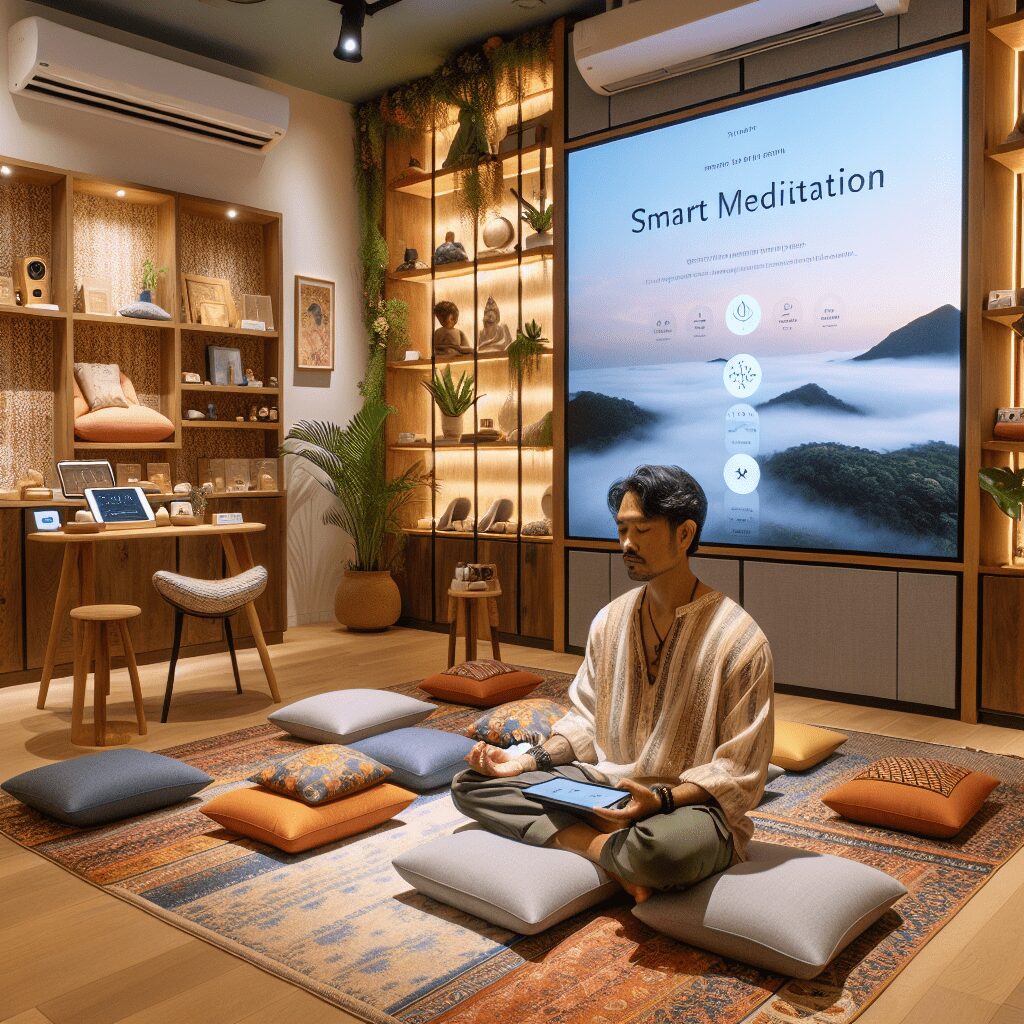
Prioritize your mental well-being daily. Enhance your life by nurturing your mental health with the Smart Meditation app. Break free from stress, alleviate anxiety, and enhance your sleep quality starting today.
What Is The Ideal Length Of Time To Practice The Relaxation Response Meditation Method?
Unlocking the Serenity: Mastering the Relaxation Response Meditation
In a world that’s always on, where the hustle and bustle never seem to take a breather, finding a slice of tranquility can seem like searching for a needle in a haystack. But what if I told you that there’s a magical (albeit scientifically backed) key that could unlock the door to serenity? Enter the Relaxation Response Meditation. This gold nugget is not your run-of-the-mill chill pill. It’s a method steeped in research and comes with a host of benefits that read like a wish list for anyone looking to dial down stress and embrace calm.
Delving into The Sweet Spot: Duration Matters
So, you’re all set to hop on the meditation train, or perhaps you’re already a passenger, and now you’re wondering, “How long do I need to keep at it to hit the jackpot of zen?” Well, here’s the scoop: it’s not about clocking in hours as if you’re trying to break a world record. Instead, it’s all about consistency and finding that sweet spot that fits like a glove into your daily routine.
The Magic Number: Unveiling the Ideal Timeframe
For starters, the Relaxation Response Meditation doesn’t demand half your day. In fact, researchers suggest that 10 to 20 minutes a day can work wonders. Yes, you heard that right. In just about the time it takes to sip your morning coffee or scroll through your social media feed, you can whip up a significant serving of calm.
Let’s break it down a bit:
- Starting Slow: If you’re new to the practice, don’t bite off more than you can chew. Aiming for about 5 minutes a day and gradually increasing your meditation time can help you ease into it without feeling overwhelmed.
- The Golden Range: Aim for a meditation session lasting between 10 to 20 minutes. This timeframe is like striking gold – it’s long enough to dive deep into the relaxation response and short enough not to feel like a chore.
- Consistency is King: Rather than going for a meditation marathon once in a blue moon, strive for regular, daily practice. It’s the regularity that really racks up those tranquility points and helps embed the relaxation response as a natural part of your stress-management arsenal.
Why This Sweet Spot?
Here’s the deal: when you meditate for 10 to 20 minutes a day, you give your body a chance to shift gears from the high-octane stress mode into a relaxed state. This isn’t just about feeling good in the moment – it’s about rewiring your brain and body to handle stress more effectively in the long haul. Studies have shown that consistent meditation can lead to reductions in blood pressure, improved focus, and even better sleep. And let’s face it, who wouldn’t want a piece of that pie?
Wrapping It Up with a Bow
Remember, the Relaxation Response Meditation isn’t a one-size-fits-all. The most crucial bit is to listen to your body and mind. Some days, you might find that a 10-minute session is exactly what the doctor ordered, while on others, pushing to 20 minutes feels like hitting the sweet spot. Regardless of where you land within that 10 to 20-minute range, the key takeaway is to make it a non-negotiable part of your day.
So there you have it, folks – the lowdown on finding your zen with the Relaxation Response Meditation. Whether you’re a seasoned meditator or just dipping your toes into the tranquil waters, remember the mantra: “Consistency and a dash of patience.” Here’s to unlocking a world of calm, one breath at a time.





